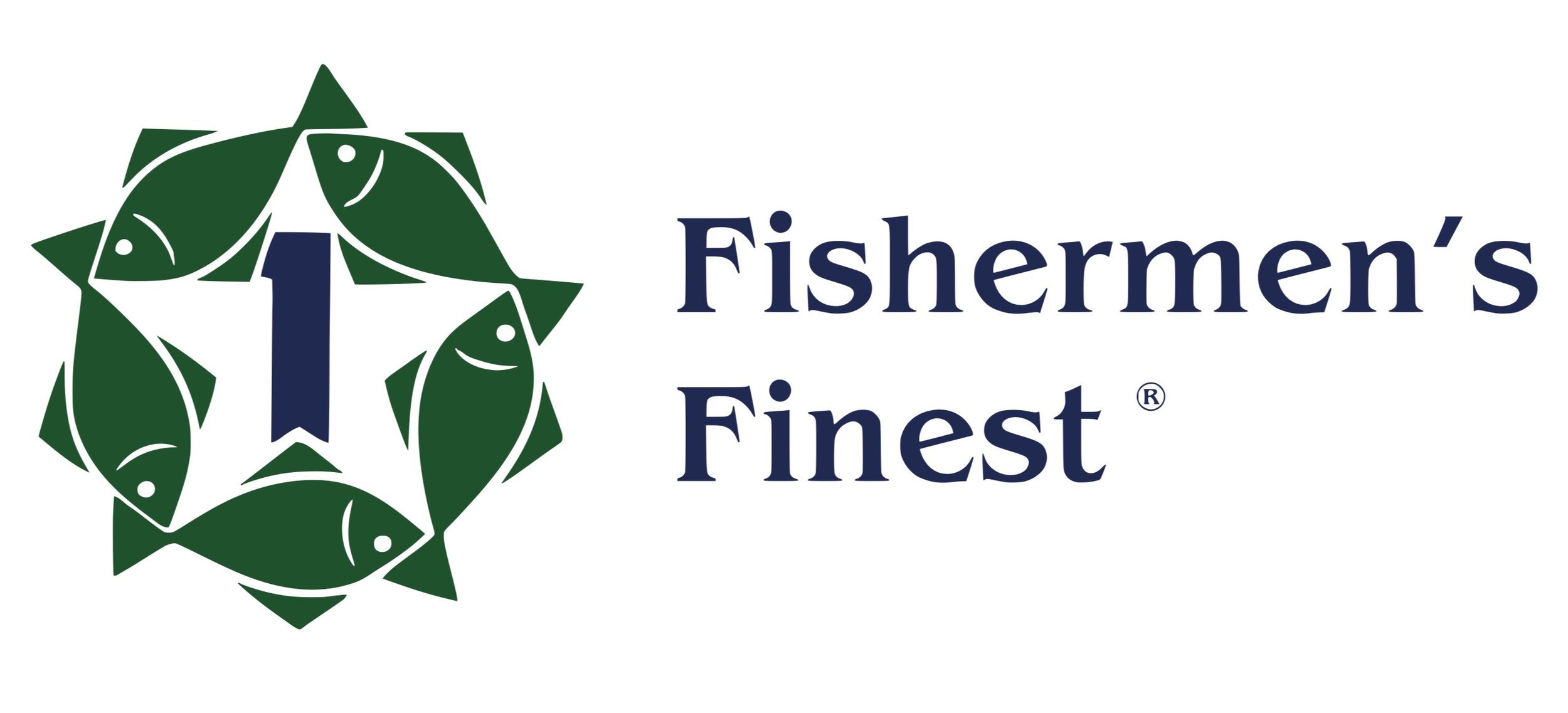Fishermen's News
NPFMC Gears Up for Bering Sea Halibut Bycatch Decision

...Numerous fishermen have testified before the federal council that halibut bycatch must be reduced because of its economic impact on residents of coastal Alaska who fish for halibut. Along with environmental groups, they have also voiced concerns about declining halibut biomass, and concerns about sustainability of halibut stocks.
But Dennis Moran, president of Fishermen's Finest Inc., one of the Amendment 80 participants in the groundfish fisheries in the Bering Sea, sees the issue differently.
In Moran's view, further cuts in prohibited species catch of halibut in the Bering Sea groundfish fisheries would have adverse impact on the multi-million dollar fishery, and the jobs of some 4,200 people employed in the industry.
"A human being is a human being, if he lives in St. Paul (Alaska) or Whidbey Island (Washington)," said Moran.
"The low ebb of the halibut biomass right now is a problem, but if the only tool you use is reallocation (of the halibut resource), you are going to make a mess, and our concern is they are on track to make a mess," he said.
Fishermen's Finest, based in Kirkland, Washington, contends on its website that NMFS and the Alaska delegation on the NPFMC "have declared their intention to eliminate the Amendment 80 halibut allocations to appease the Canadian dominated IPHC and the 25 halibut fishermen in the Pribilofs."
Moran said there are other economic considerations at stake, including a new multi-million dollar vessel being built in Anacortes, Washington, to be ready for the fishery in three years. "We took the lead at the end of last year, signed the contract, and it will work, but it can't work if all of a sudden they yank all the fish away from you," he said.
"We have made the investment (of $60 million to $90 million), which will provide 600 jobs for three years, in Washington State," he said. "What pays for that is the fish. If you mess around with allocation rules midstream, people will be afraid to make the investment."
Moran also contends that halibut bycatch has ebbed substantially since 2007, when their fishery was rationalized with Amendment 80, and that while Amendment 80 and American Fisheries Act catcher processors have full observer coverage, the hook and line fleet and directed halibut fishermen do not.
Chris Woodley, executive director of the Groundfish Forum, backs up Moran's contention of reduced halibut bycatch. He noted in commentary for Fishermen's News in February of this year that during the 2014 fishing season in the Bering Sea and Aleutian Islands, flatfish trawl fishermen within the Alaska Seafood Cooperative reduced their overall annual halibut bycatch by 93 metric tons over 2013.
Still, the targeted species of the Amendment 80 fleet are swimming on the ocean's bottom, along with halibut. Members of the At-Sea Processors Association are fishing for pollock at mid-water depths, so have less of a problem with halibut bycatch, he said.
"Our objective is to catch as much of our target species as we can and catch as little halibut," he said. "For every ton of halibut we catch as bycatch, we can catch 200 tons of our target yellowfin sole and rock sole. If one ton of halibut is taken away from us on an allocation, it prevents us from catching 200 tons of rock sole."
In 2014, in fact, Moran said, his company was able to harvest 100 percent of its allocation, plus some for other members of their Amendment 80 co-op who were unable to harvest theirs. That grossed about $400 million in sales, he said.
Principal markets include China, where the fish is processed and shipped back to buyers. "It's an export market, a big balance of trade issue," he said.
Another groundfish industry insider, speaking on condition of anonymity, said one problem the groundfish fishery faces is that while halibut harvesters have the IPHC, the trawl industry has no representation in that organization. It's a highly charged issue, but the IPHC has one leg up (for directed halibut harvesters) because they have an organization and trawlers do not, he said.
On March 9, in a letter to Eileen Sobeck, assistant administrator for fisheries for the National Oceanic and Atmospheric Administration, the IPHC noted that directed fishery harvest opportunities for Area 4CDE in the Bering Sea are substantially reduced each year to account for halibut mortality in bycatch fisheries, which IPHC staff have initially estimated at 4.82 million pounds for 2015.
Given this level of bycatch and the biomass available for harvest in area 4CDE, the application of the commission harvest policy resulted in an available harvest of 520,000 pounds remaining for the directed fishery, said IPHC commissioners James Balsiger, for the US, and Paul Ryall, for Canada...
Click here for the entire article at the Fishermen's News
Read More on this issue (content gathered by FF):
